

Ar 196A-3
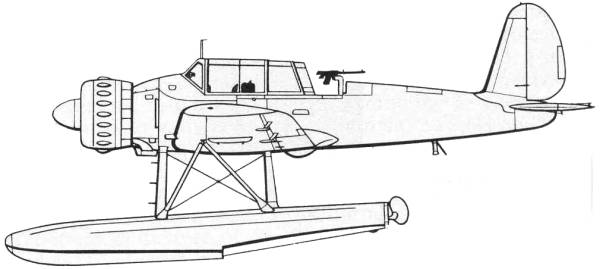
The Arado 196 was designed to be a replacement for the He 60 for use on the catapults of the principle German warships. The 196 was designed in 1937 and first flew in 1938. Four prototypes were built, two with twin floats and two with a single main float and stabilizing floats under each wing. After testing it was decided to standardize on the twin float version and the first production model, the Ar 196A-1, began production in late 1938. The first production deliveries were made in August of 1939 with 26 having been delivered by the end of the year. These were allocated to the principle German warships. Several of these were launched by the Bismark to drive away the RAF Catalina's that were shadowing the battleship during its one and only sortie into the Atlantic. During 1940 the A-1 was succeeded by the A-3 version intended primarily for coastal reconnaissance and patrol. It had newer radio equipment and the addition of 2 20mm MG FF cannons in the wings and twin MG 17 machine guns in the rear cockpit as well as a higher horsepower engine. In the Mediterranean and Adriatic it was used for anti-submarine patrols and for attacking light marine aircraft. It was also used in the convoy escort role and in the Channel was employed in hunting RAF Whitleys which patrolled the route taken by U-boats entering and leaving their pens on the French coast. They were also built in France by the S.N.C.A. plant and by Fokker in the Netherlands. Arado stop producing them in 1943 and total production from all sources including prototypes was 493 machines.
The Kit
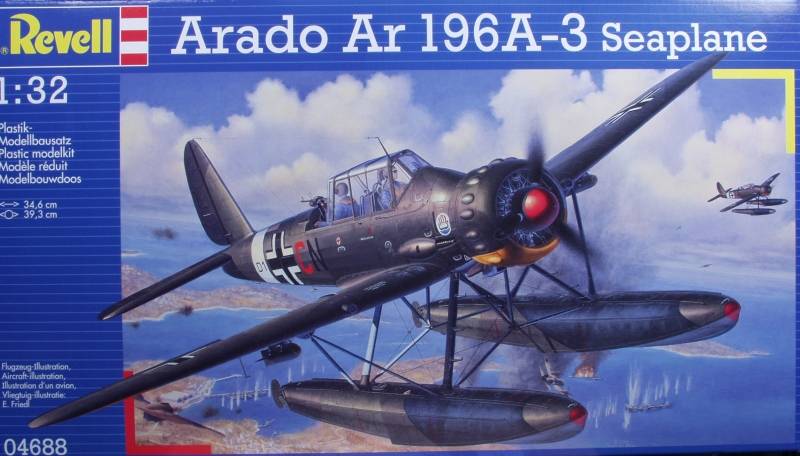
The Revell Ar 196A-3 comes in a large thin and annoying end flap box. Inside the box one finds two large bags with three sprues each and three smaller bags with two or more sprues. The clear parts are in a bag by themselves. The parts themselves are molded in a pale green color very similar in shade to RLM green. The parts are crisply molded but I did find a few wisps of flash here and there, nothing to be concerned with. Mold alignment was good and mold separation lines were light. The surface has a matte finish. Surface detail consists of fine recessed panel lines with a few recessed rivets and fasteners, there are also some raised rivet and other detail where appropriate. Much of the fuselage and all of the control surfaces are fabric covered and the fabric detail is restrained. The control surfaces are all separate including the flaps which can be displayed lowered. The kit can be built with the wings extended or folded and there is a round base with two cradles on it that can be used for display purposes. I found no obvious surface defects in any of the airframe parts but I did find a few ejector pin marks that will show if not cleaned up. There are some inside the fuselage that may or may not show.
From a detail standpoint this kit is loaded with it. The cockpit assembly takes up the first ten assembly steps and that doesn't include the rear machine gun stand which consists of five part or the area ahead of the cockpit which has the oil tank and engine oil cooler. The cockpit is made up of a tubular rame work to which every thing mounts. The instrument panel has raised bexels but no instrument detail in them, the back side does have instrument bodies protruding and they have holes in them but they look a little large to be intended for adding wiring. The radios in the radio rack are nicely detailed and both the pilot and gunners seats have lap belts molded in. You must choose whether you are going to model the wings open or folded before gluing the fuselage halves together as there holes to drill and extra parts to be added. From that point on there are different steps involved depending on your choice. No landing gear on this one but the floats are well detailed and the instructions call for 30 grams of weight in the forward portion of each float to prevent tail sitting. The floats have separate rudder parts depending on whether you want them up or down. Since the cowling can be posed open the engine is quite well detailed and uses an amazing molding with the push rods and ignition wires all in one piece. Intake and exhaust manifolds are separate and its all topped off with a gear case in the front and an accessory section in the rear. When it comes time to mount the floats some holes must be drilled for the rigging wires (not supplied). Rigging instructions are provided. Not only can the cowl it self be displayed in the open position but the doors enclosing the accessory section behind the engine. Different propellers are supplied depending on which aircraft you chose from the decals choices. The canopies are unusual in that they are made up from a lot of small pieces. Bombs and bomb racks are supplied for mounting under the wings. All in all quite an extensive package of details. Lets take a look at the parts.
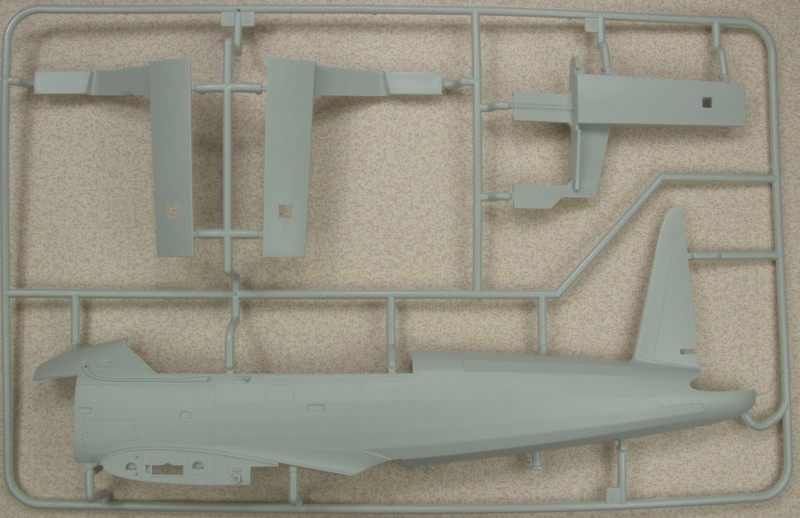
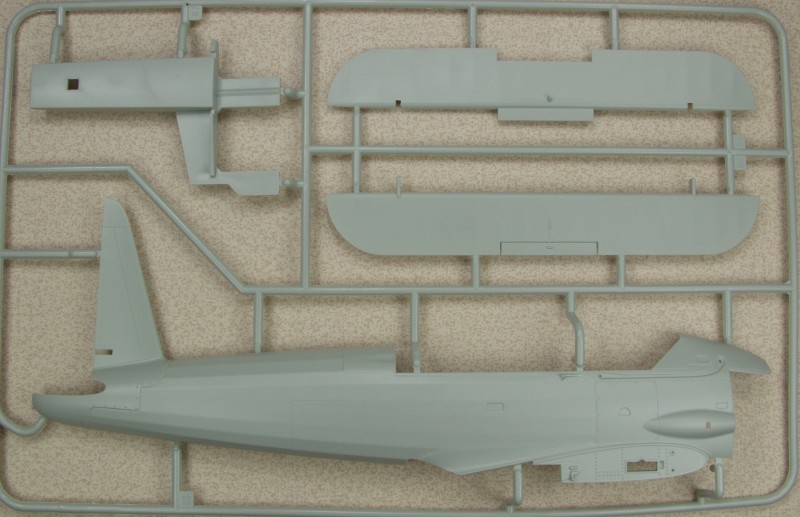
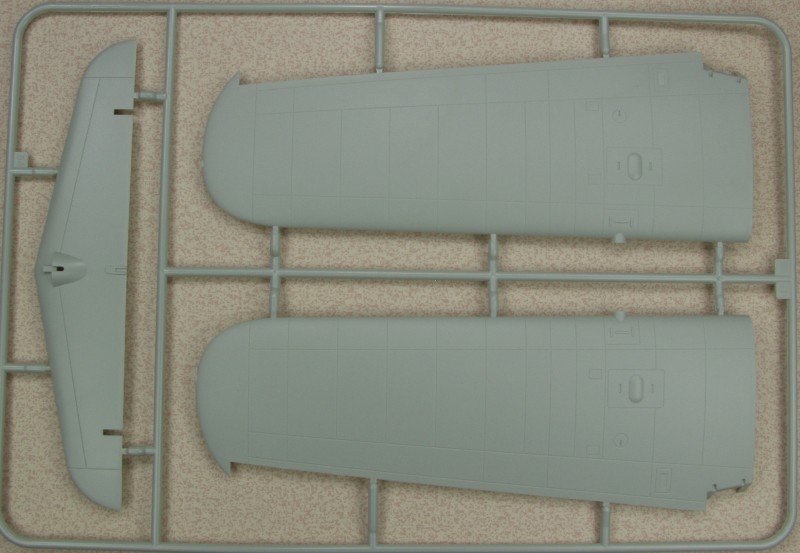
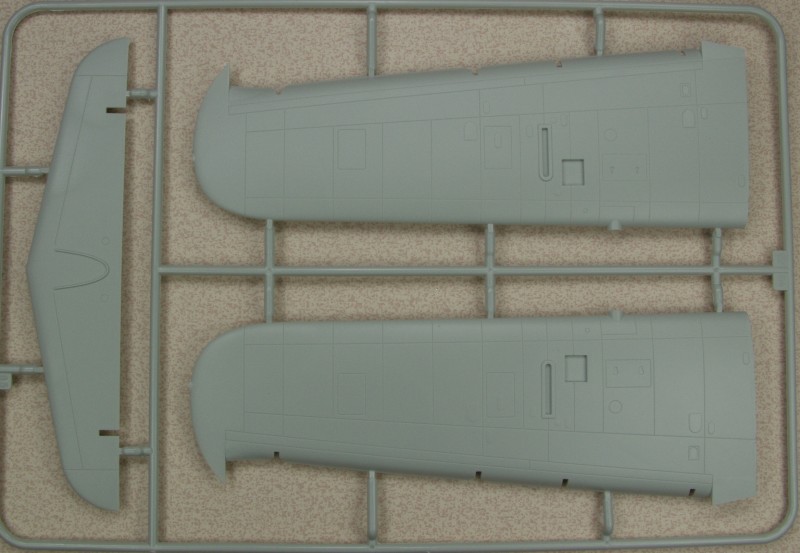
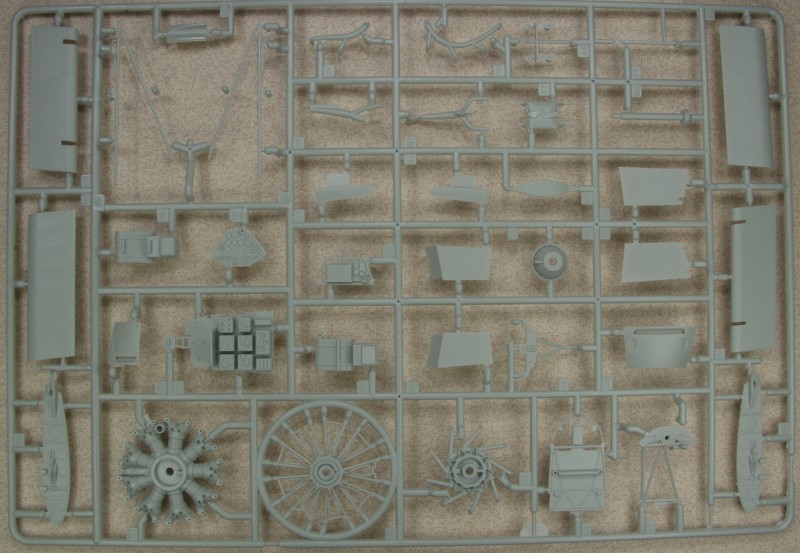
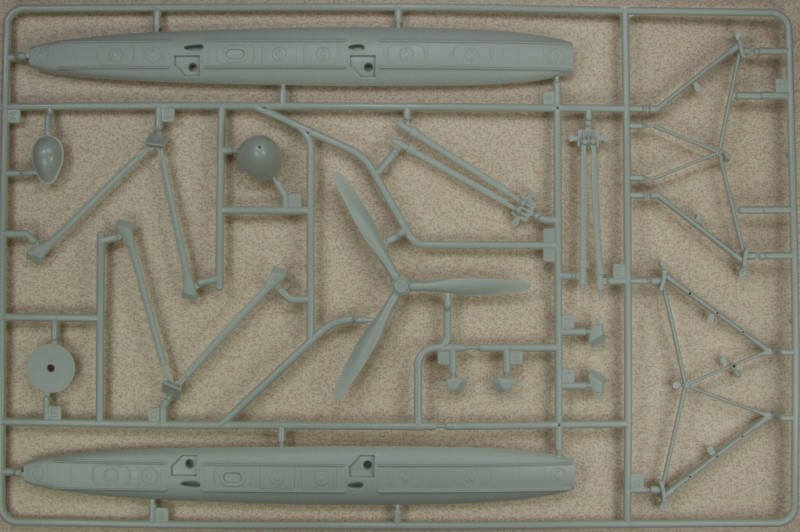
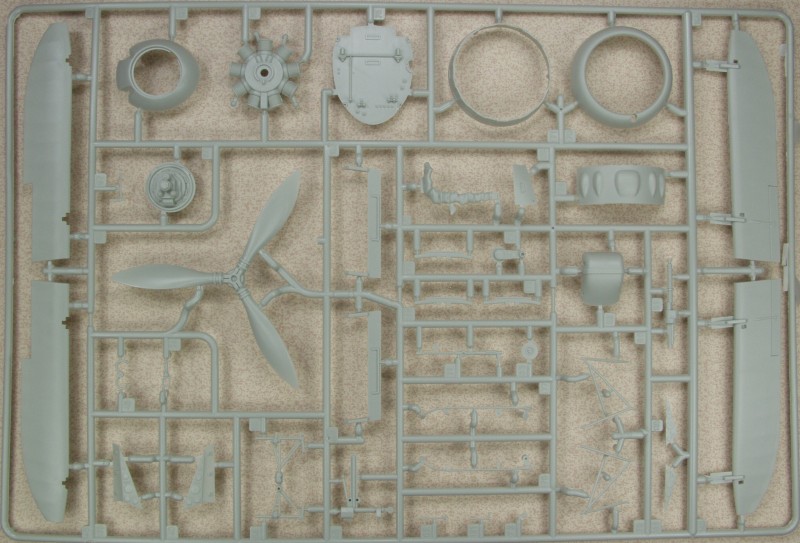

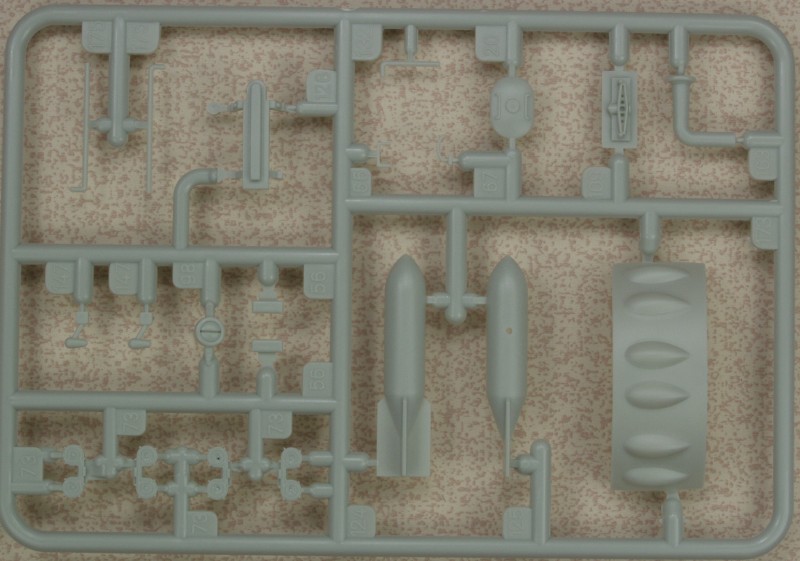
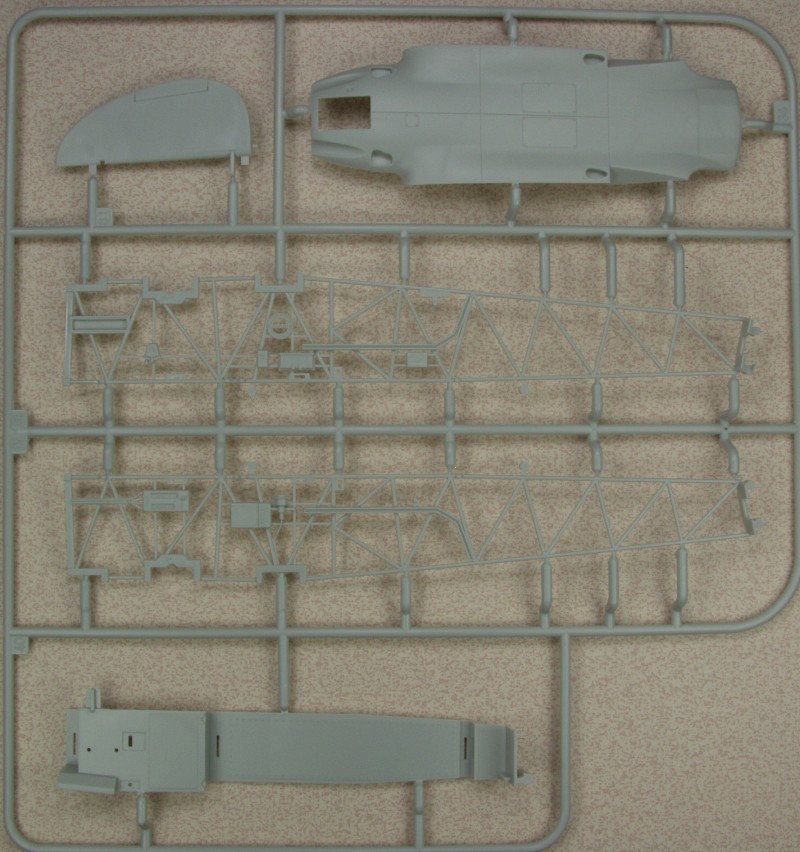
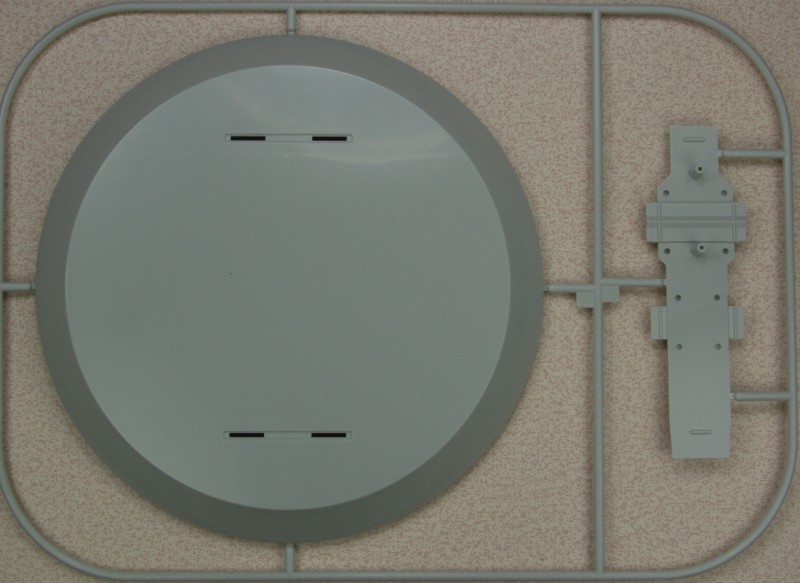
The clear parts are crystal clear and have little optical distortion.
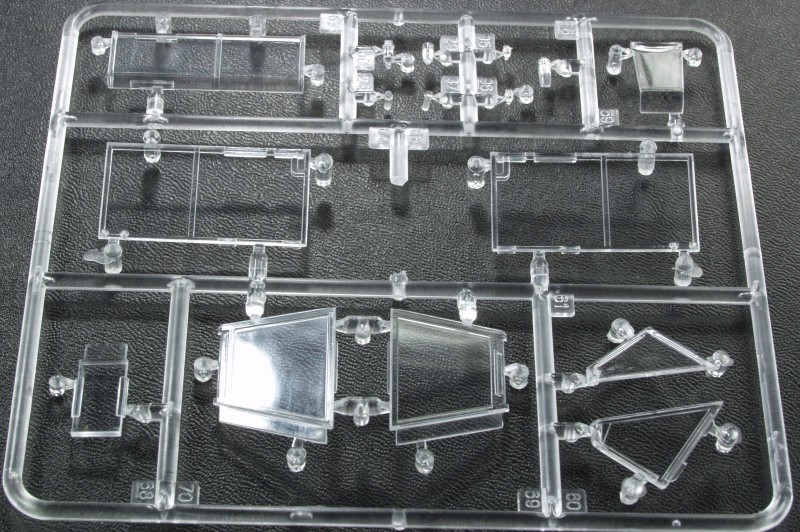
The decals are thin, in register and for the most part appear opaque although it is difficult to tell about the white ones. Some stencilling is supplied but no Swastikas are provided as is normal for Revell of Germany kits. Markings are provided for two aircraft; III./KG 100 at Kalamaki, Crete, January 1943; Bordfliegergruppe 196 on board the Tirpitz, summer 1943.
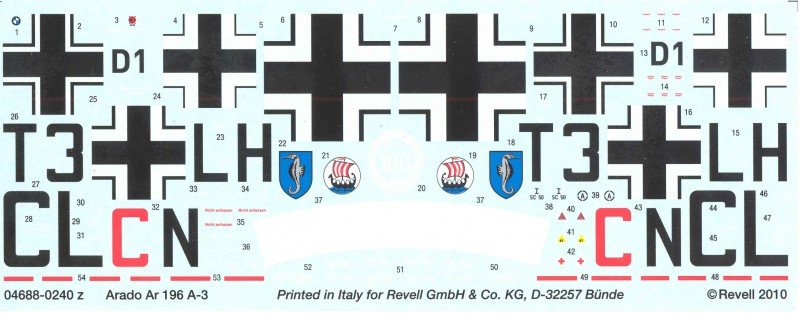
The instructions are an A4 sized booklet that is not stapled at the spine. In some areas it is multilingual to the extreme, as in the general assembly notes which is done in 21 languages. There is an extensive icon chart which uses more icons than I have ever seen before. Almost a whole page is devoted to the colors used but only calling them out by name. There is a parts map which is almost a must have as the sprues themselves are not identified, only part numbers so some hunting is required to find the parts. Nine pages are devoted to assembly drawings in 58 steps. Some steps are only used if the wings are folded and others only if the wings are extended. The last two pages are painting and marking diagrams. Overall the instructions are OK but seem a bit busy in places and one needs to pay attention to the indicators for folded or not folded wings.
After Market Goodies
To date the only item I have acquired is a set of Quickboost (32-121) resin exausts. There is an extensive list of other items available, check you favorite online retailer or Scalemates.
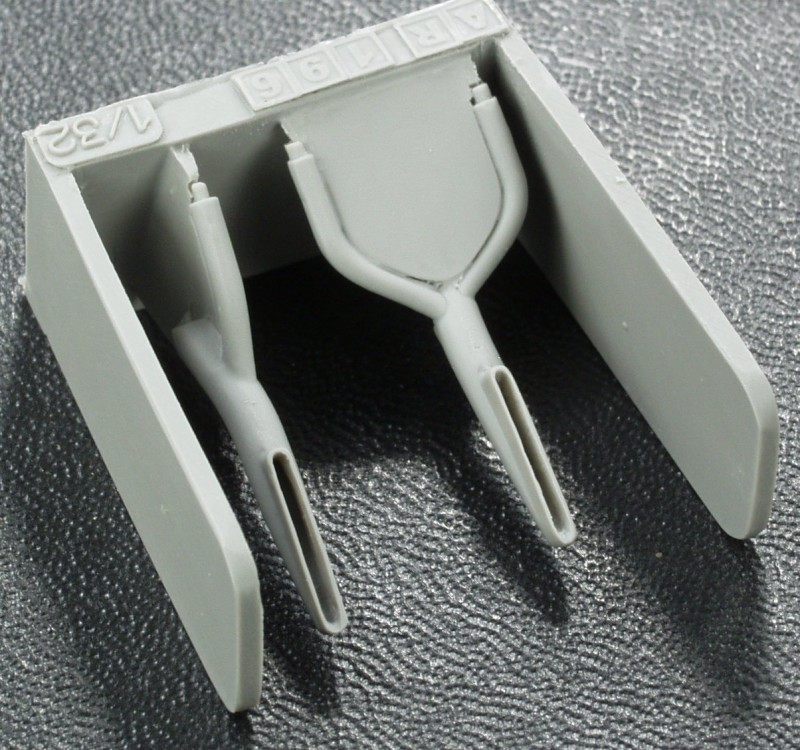
Links to kit build or reviews
In box review can be found here, here, and here and a build/ review here.
References
"War Planes of the Third Reich" by William Green
Back to the 1/32 German Aircraft Page.
Updated 3/8/17